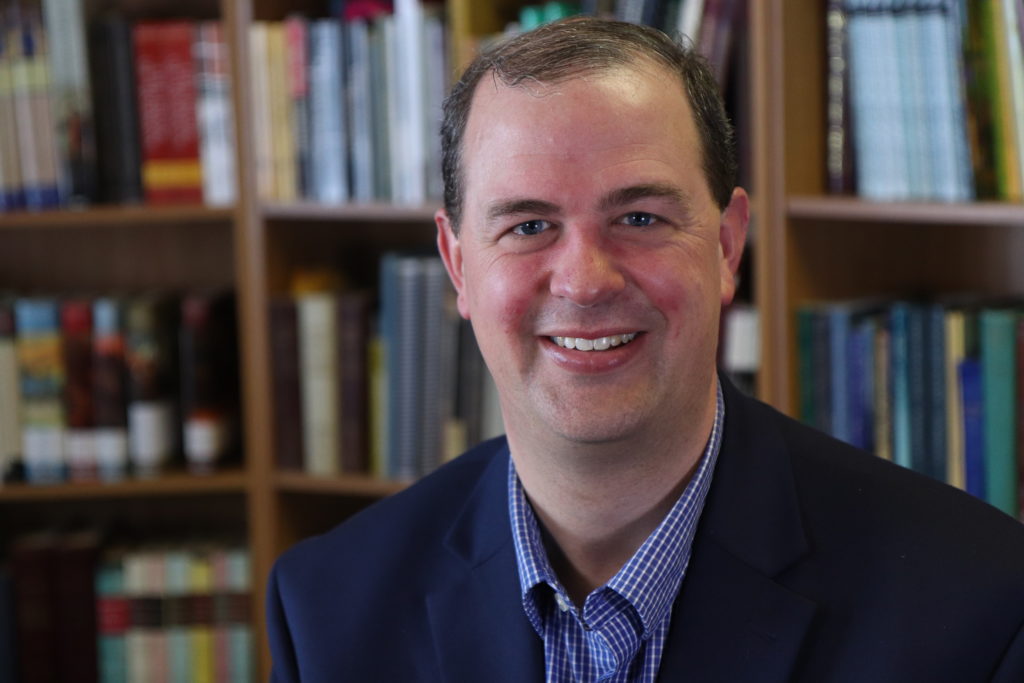Day 1 Religious Studies Qualifying Exam Instructions: Answer these questions in 4 hours. It is against the rules to consult any sources beyond your own brain.
Part 1
- Explain how the Synoptic Gospels are similar to each other, dissimilar to each other, and theories for why.
- Explain the development of the New Testament text during the 1st – 4th centuries.
- How does New Testament textual criticism inform our understanding of the development of theology and Christology in the first four centuries of Christianity?
- What are key features of the Gospel of John? Why? What is the significance of these features?
- Describe and define the stages of the Johannine community. What is the significance?
- Explain why scholars think that the Pastoral Epistles (1 Timothy, 2 Timothy, Titus) were not written by Paul. Why are their arguments compelling or not?
- How is the death of Jesus portrayed in the Gospel of Mark, the Gospel of John, and in the Epistle to the Hebrews? What are the similarities and dissimilarities and why? Why are these significant?
- What is the difference between “magic” and “religion”? Why do these definitions matter for understanding and/or defining the phenomenon of religion ancient and modern? How did ancient writers define “magic” and “religion”? What were the consequences of such definitions?
- Define ancient mystery religions. Reconstruct the basic features of ancient mystery religions. What are our sources for these reconstructions? What are the strengths and weaknesses of such sources?
- Who is the author of the Epistle to the Hebrews and what is the likely date of composition of this epistle?
Part 2
- Describe the trajectory of scholarship on “The Historical Jesus.”
- Then compare two of the prominent books: E.P. Sander’s Jesus and Judaism and Crossan’s The Historical Jesus: the Life of an Ancient Jewish Mediterranean Peasant.
- Which book has the most plausible arguments and evidence?
- Why?
- What is the significance of your conclusions?
Part 3
- Modern scholars have done much to enlarge our understanding of the Apostle Paul.
- Prominent among recent treatments are Sanders’ Paul and Palestinian Judaism, Meeks’ The First Urban Christians and Martin’s The Corinthian Body.
- Review each scholar’s contribution and then assess: is Paul more Jewish or Greek?
- What are the strengths and weaknesses of each scholar’s perspective?
- Have any of the scholars gone too far in their evaluation?





